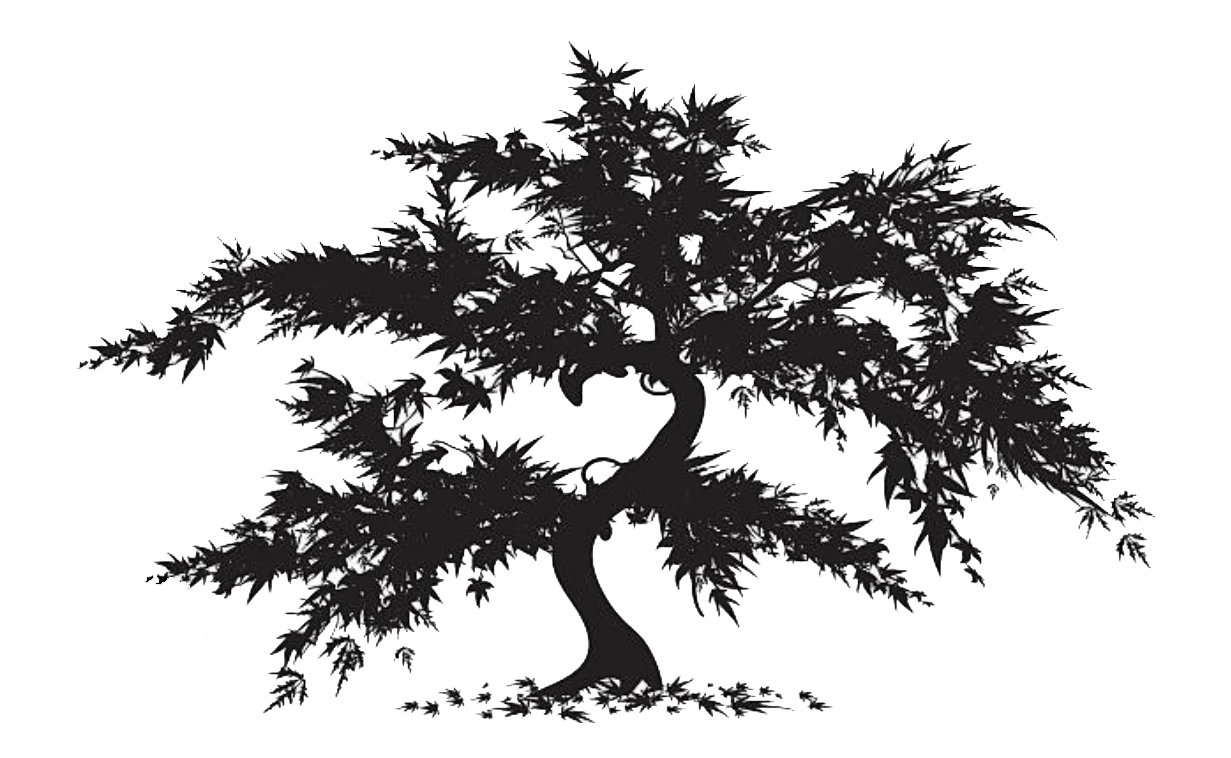The exterior landscaping components on the exterior of the home must be kept in orderly fashion to prevent potential damages to the interior and exterior of the home. This article will detail common landscaping issues found on the exterior of homes during the course of a home inspection, how the issue can affect the home and the recommendations we provide to correct these issues.
Vegetation Touching Home: Vegetation touching or in contact with the exterior siding or any other area of the home’s exterior can be very problematic. From a home inspection standpoint excessive vegetation blocking, touching, or engulfing any area of the exterior siding limits the scope of the inspection, what can’t be seen cannot be inspected. The inspectors in our company highly recommend all excessive vegetation is removed prior to the completion of the home inspection. Vegetation which is in contact or touching the home gives unwanted guests such as insects, rodents, and other pests an access point into the home. Vegetation which is in contact or touching the home can also trap water against the siding which can cause rot to wood siding, damage masonry veneers, can cause cracking stucco sidings and also can discolor vinyl siding or causes damage from abrasion. Keeping the vegetation at least 18-36 inches away from exterior siding materials and other exterior components can help prevent pests in the home, water damage to exterior components and or physical damage to exterior components.
Vegetation Touching Electrical Entrance: The electrical entrance cable on the exterior of the home should be free of any tree branches or other items which could cause abrasion to the entrance cable. Wires in contact with vegetation or tree branches could become damaged and in severe cases the home could lose power. Recommend that a qualified landscaper or tree removal company is hired to remove any items which are in contact with the electrical entrance cable.
Grading Touching Siding: Exterior siding should never be in contact with the ground, patio’s, walkways, or driveways. When the exterior siding is improperly in contact with the ground or other items it can allow moisture to prematurely damage to exterior siding, the sheathing beneath the exterior siding and other exterior wall details. When the siding is improperly in contact with the ground it gives easy access to wood destroying insects which can cause damage to the siding or other wall components without visual detection. Recommend that exterior siding is kept a minimum of 2-4 inches above the ground throughout the exterior of the home.
Grading Pitched Towards Home: Whether it is soil, patio, driveway, or walkway any exterior ground item pitched back towards the home is problematic. When the ground is pitched back towards the home it will not allow water to properly drain away from the foundation. Water which is flowing towards the home’s foundation can find its way into the basement and cause water related issues. Recommend that any grading issues on the exterior are further evaluated and repaired by a qualified contractor.
Tree Stumps/Stacked Wood: Any and all tree stumps or stacked wood near the home can be an issue. Dead wood which is in contact with the ground provides an ideal food source for wood destroying insects. When this dead wood is too close to the home or stacked up against the home it can allow for wood destroying insects to gain easy access to the wood components of the walls or siding. Recommend all tree stumps and dead wood near the home are removed by a qualified contractor for safety.

